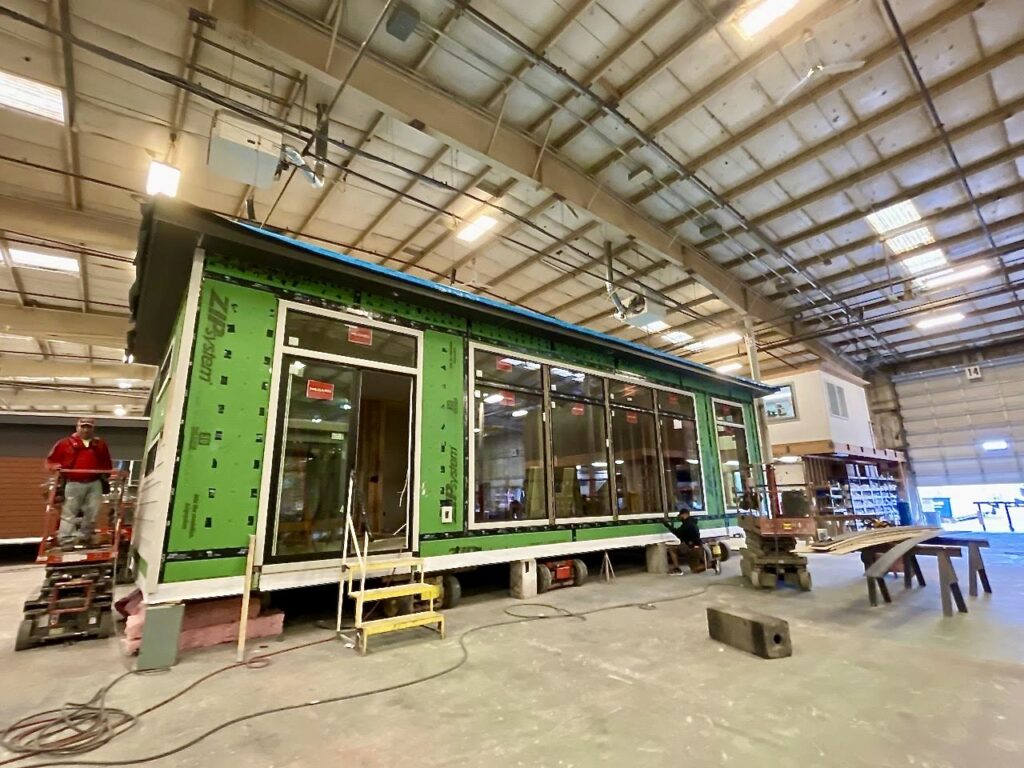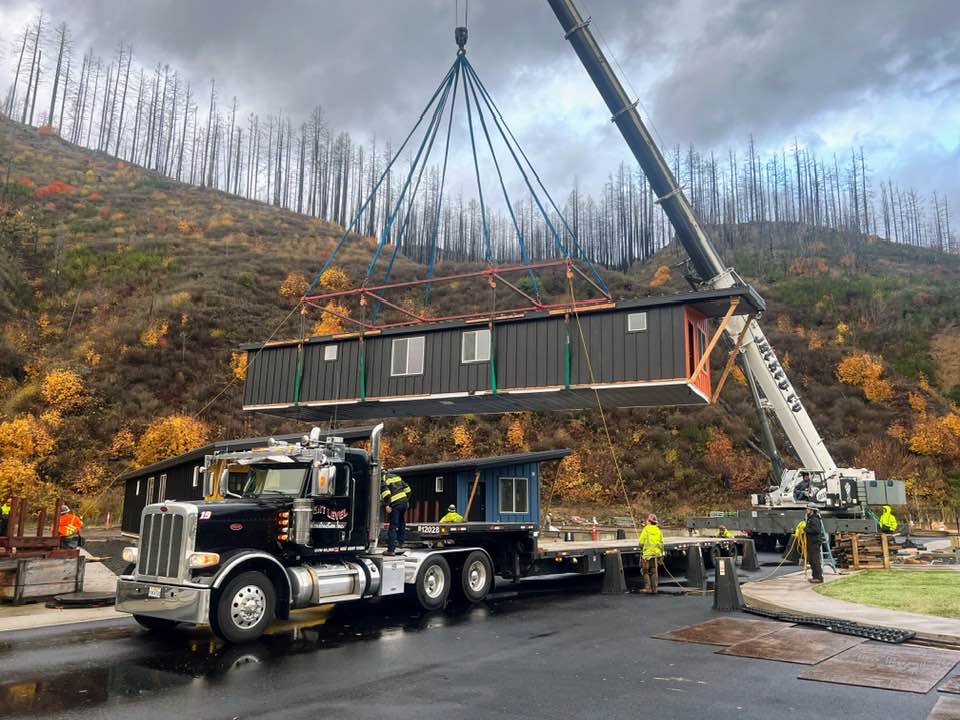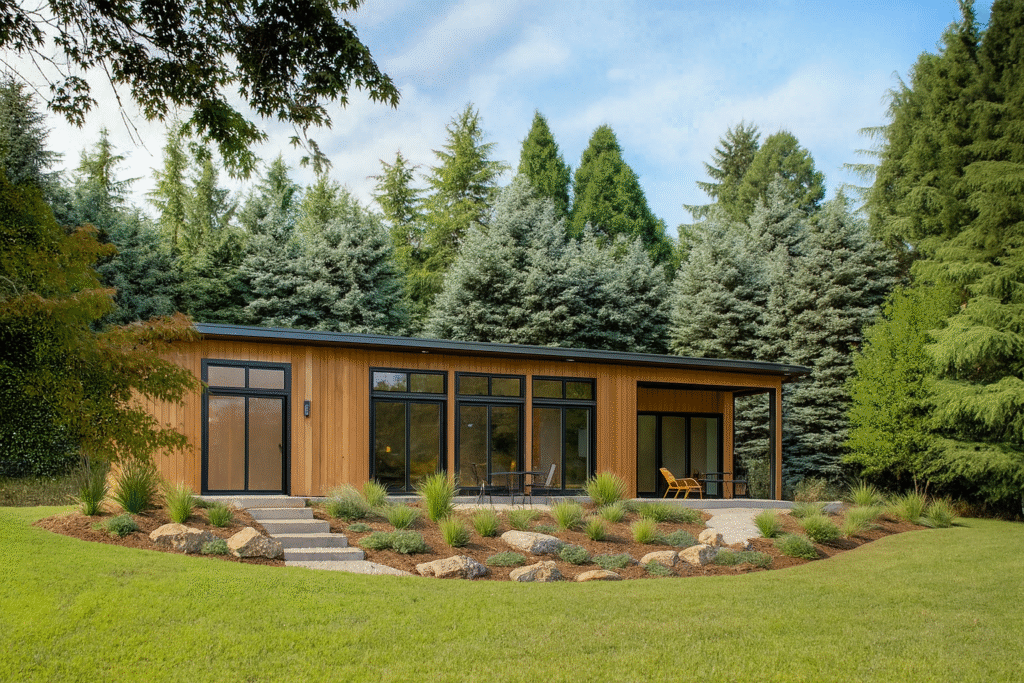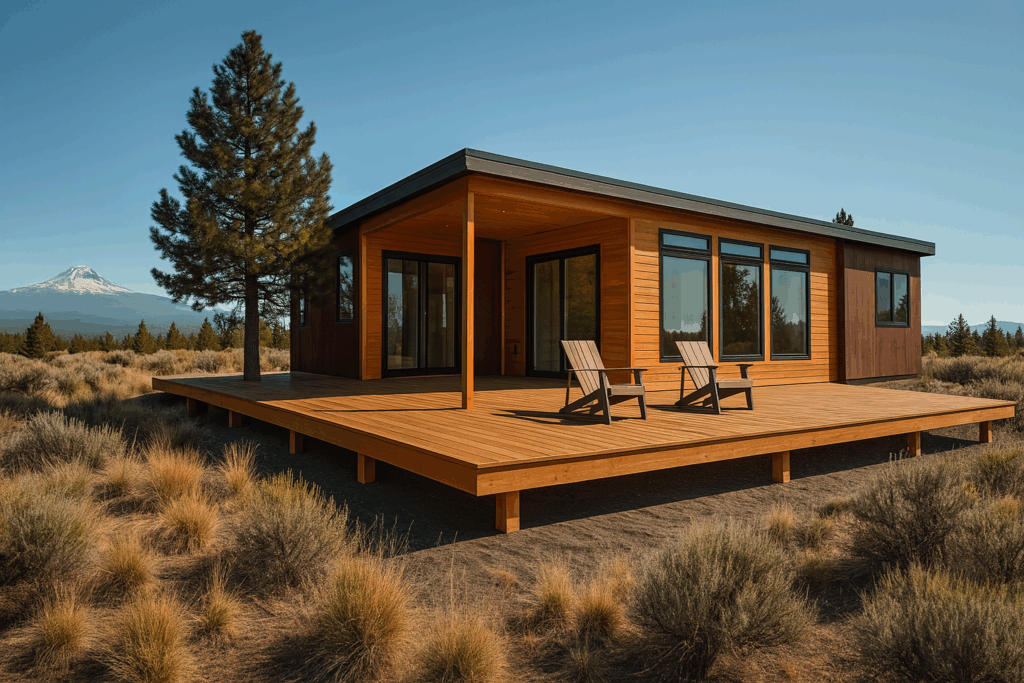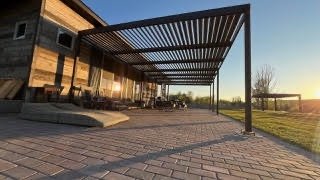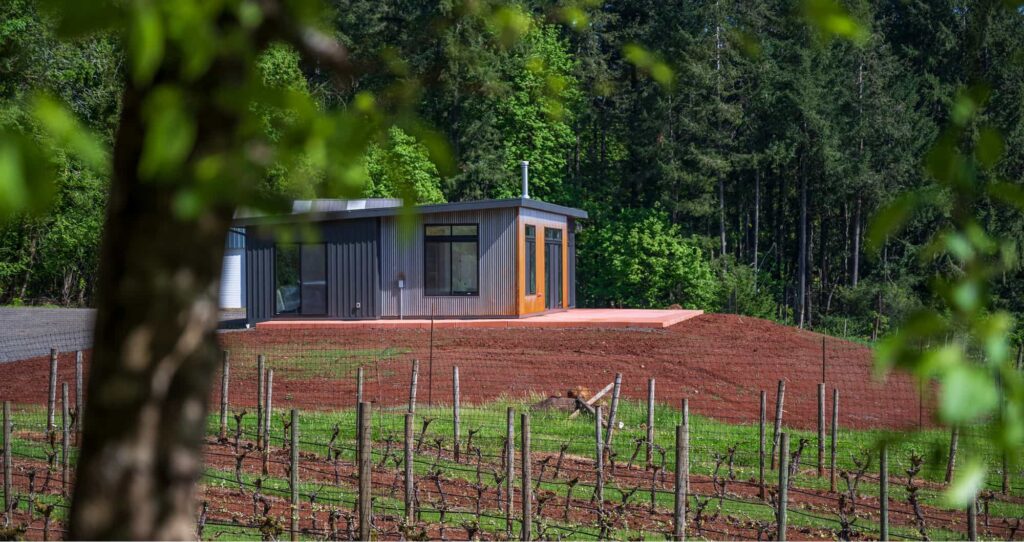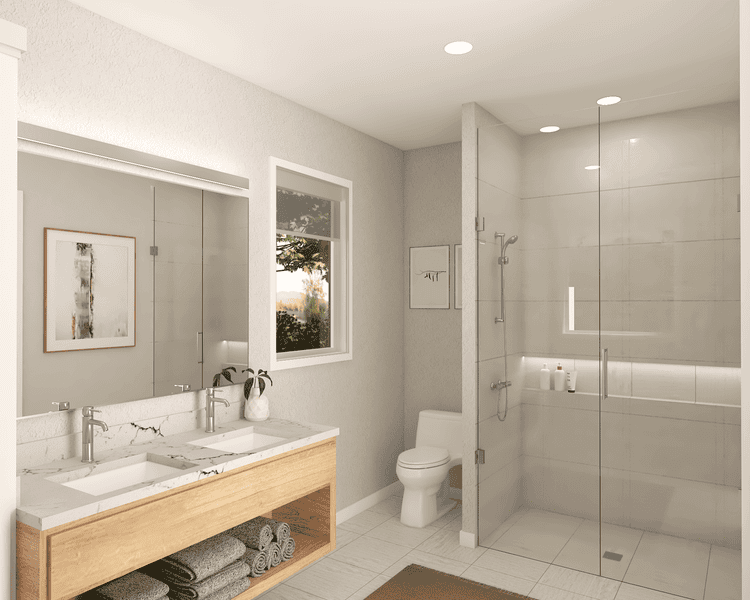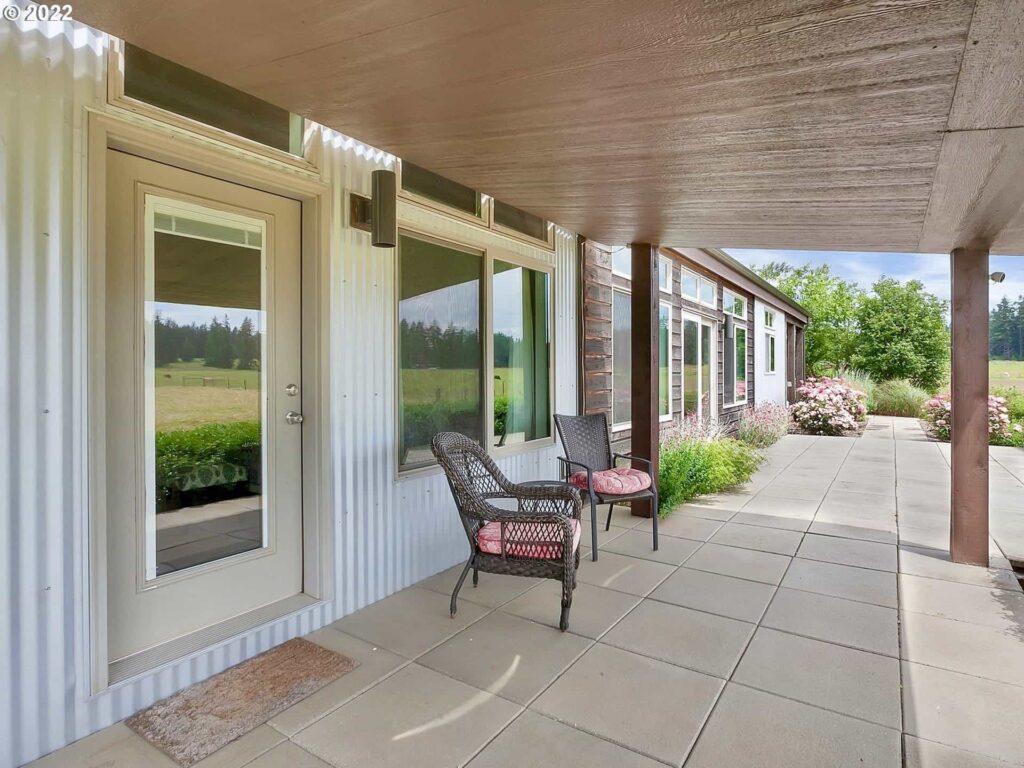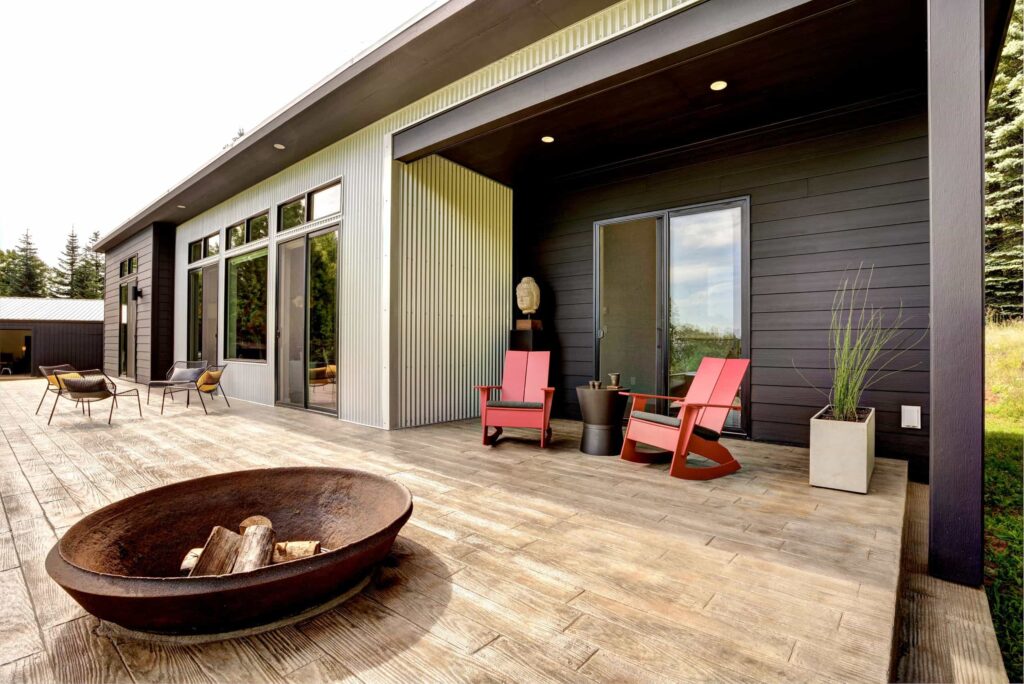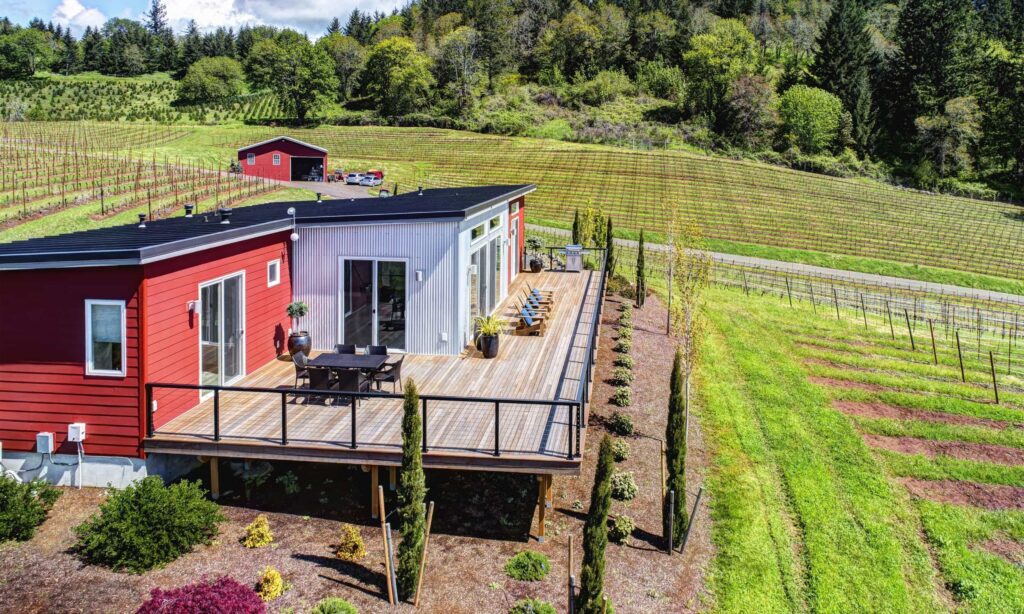5 Common Misconceptions About Buying a Prefab Home
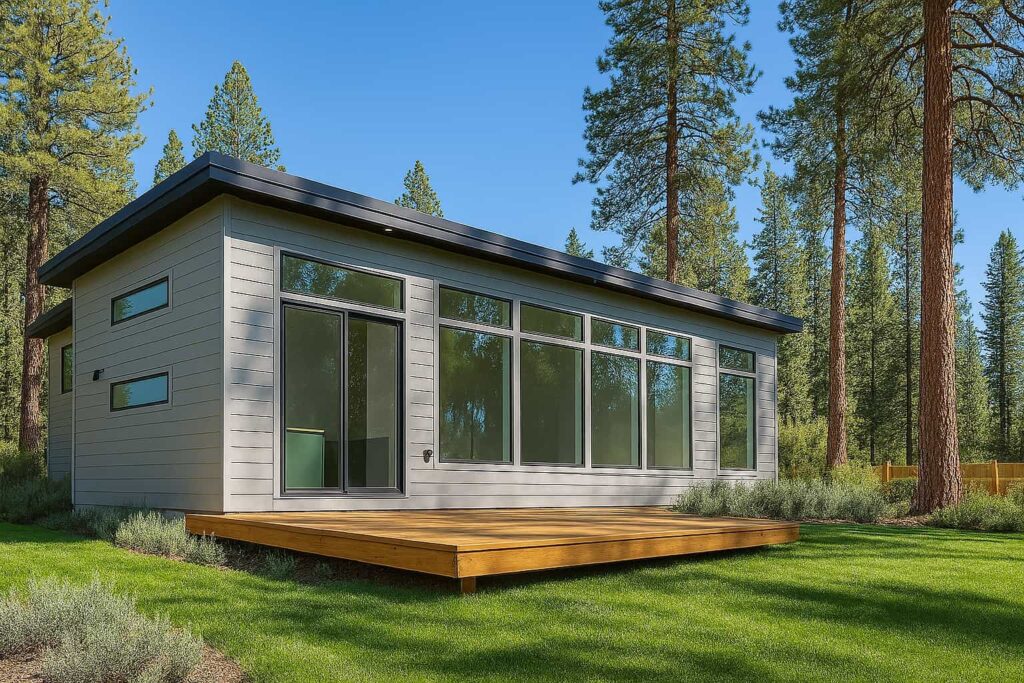
This article debunks five common misconceptions about buying a prefab home, clarifying the differences between modular and manufactured housing while highlighting quality, customization, sustainability, and long-term value. It shows why modular homes are a smart, permanent, and future-ready choice for modern living.
What you’ll learn:
- Why factory-built doesn’t mean lower quality
- The key difference between modular and manufactured homes
- How modular homes meet and exceed IRC building codes
- Flexible design and customization possibilities
- Strong resale value and investment potential
- Sustainability advantages and reduced environmental impact
Modern homeowners are rethinking the way they approach building and buying a home. As sustainability, efficiency, and design-forward living rise in importance, prefab homes have gained significant attention. Yet, despite their growing popularity, there are still many misconceptions that prevent potential buyers from fully appreciating the benefits of modular construction.
At ideabox, we build modular homes – a type of prefab home constructed to local IRC codes and placed on permanent foundations. Modular homes are very different from manufactured homes, which follow HUD codes and do not require a permanent foundation. Understanding this distinction is key to appreciating the true value of modular design.
With that distinction in mind, let’s look at five important truths about modular homes that dispel common misconceptions and show why these homes are a smart, sustainable and future-ready choice.
1. Factory-Built Doesn’t Mean Sacrificing Quality
One of the biggest hurdles prefab homes face is the perception that factory construction equals mass-produced, low-quality results. People often think of “prefab” and assume it’s something temporary or cheaply built.
But here’s the reality: just like automobiles are built in a factory with precision and quality controls, modular homes benefit from the same level of consistency and craftsmanship. In fact, modular homes are often built to higher standards than traditional site-built homes.
Inside a climate-controlled environment, materials are kept safe from the elements. There’s no risk of rain soaking into the framing, warping lumber, or delaying construction. Every step of the process is carefully monitored, ensuring that each wall, window and joint meets rigorous standards. Instead of sacrificing quality, factory construction actually enhances durability, consistency and efficiency.
When your home arrives on-site, it is already a fully engineered, meticulously crafted structure – ready to be set on a permanent foundation and finished into a beautiful, lasting residence.
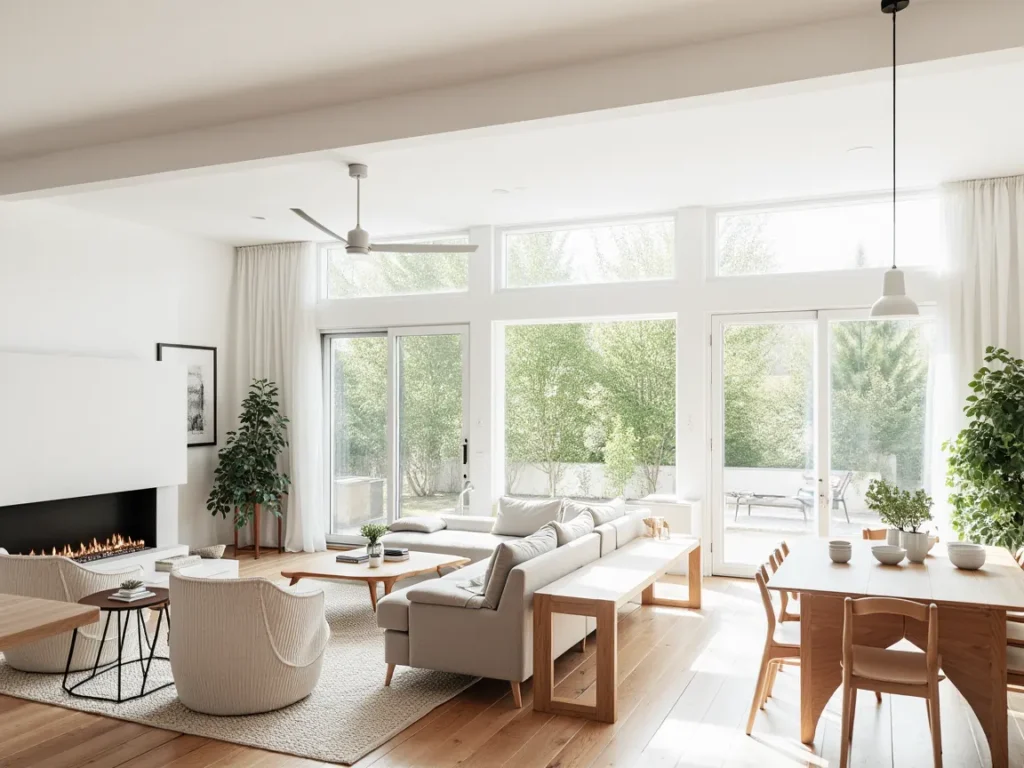
2. Modular Homes Are Distinct From Manufactured Homes
Thinking that modular homes are the same as manufactured homes is one of the most common – and most important – misunderstandings. Many people hear “prefab” and automatically assume manufactured home.
The truth is that prefab is the broad category, which includes both modular and manufactured homes. At ideabox we build modular homes, not manufactured homes.
- Modular homes (those we build) are constructed in sections off-site, transported to your property, assembled on a permanent foundation, and must comply with all local IRC building codes – just like any site-built home.
- Manufactured homes, by contrast, are built to federal HUD codes, are not held to the same local standards, and don’t require a permanent foundation.
In other words: a modular home is every bit as real and permanent as the house next door – it’s just built smarter.
3. Modular Homes Meet and Actually Exceed Local IRC Building Codes
Another misconception stems from the confusion between modular and manufactured homes. Some assume modular homes don’t meet the same safety or quality standards as traditional houses.
In reality, modular homes are built to the exact same IRC standards as any site-built home in your neighborhood. They must meet all state and local codes, undergo inspections, and pass engineering requirements.
From structural integrity to fire safety and energy efficiency, modular homes are fully compliant. In fact, the controlled factory process often makes them more consistent than site-built construction.
So when you buy a modular prefab home, you can be assured it meets or exceeds the building standards of your community.
4. When It Comes to Modular Homes, Sky’s the Limit on Design
Another myth is that prefab homes are cookie-cutter models with no room for customization. The assumption is that buyers must pick from a handful of basic floor plans with little flexibility.
This couldn’t be further from the truth. At ideabox, we know that every homeowner has a unique vision of how they want to live. Modular homes are not about limitation – they’re about opportunity.
Yes, you can choose from thoughtfully designed models like the confluence, haven, piccolo, or blox, but you’re not locked into a rigid template. Layout adjustments, finish selections and architectural details are all customizable. Whether you need extra storage, an open kitchen for entertaining or design features that maximize light and flow, modular homes can be adapted to your lifestyle.
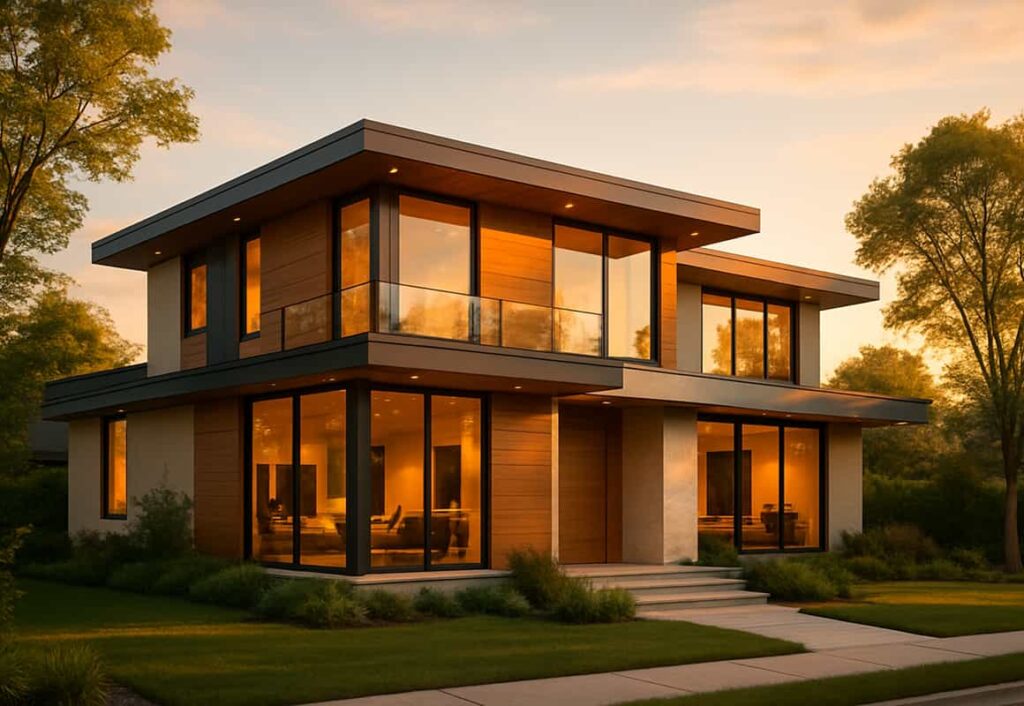
Think of it less like buying something “off the shelf” and more like collaborating on a tailored design.
5. Modular Homes Hold Their Value Over Time
A persistent myth is that modular homes won’t appreciate or hold resale value. This assumption likely comes from confusing modular with manufactured housing.
The reality is that a well-designed modular home holds its value just like a traditional home. In fact, thoughtful landscaping, quality hardscaping and an attractive site plan can enhance resale value significantly.
Because modular homes are often more energy-efficient and sustainably built, they can even stand out on the resale market, attracting buyers who value lower utility costs and eco-conscious design.
When built well and maintained, your modular home is not just a smart purchase today – it’s a solid investment for tomorrow.
Why These Misconceptions Persist
These myths often linger because people lump all prefab housing together. Manufactured and modular homes share the same “prefab” umbrella, but they are very different products. Once you understand that distinction, it’s easier to see modular homes for what they are: permanent, code-compliant, customizable and high-value residences.
The ideabox Difference
At ideabox, we specialize in modular prefab homes built to IRC standards. Our homes are designed in collaboration with you, carefully engineered in a factory, and installed on a permanent foundation that integrates seamlessly into your property.
We combine modern architecture, sustainability and efficiency to create homes that are not only smart and stylish, but also lasting investments.
Final Thoughts
When it comes to buying a new home – whether it’s your primary residence, a vacation retreat, or an accessory dwelling unit (ADU) – it’s important to separate the myths from the facts.
Prefab homes don’t mean lower quality. Modular homes aren’t the same as manufactured homes. They are real, permanent, customizable homes built to local codes. And when finished with care and vision, they hold their value for years to come.
Your dream home doesn’t have to be limited by misconceptions. With modular construction, it can be designed smarter, built faster and crafted to fit your lifestyle perfectly. And at ideabox, we’re here to make that happen.
Frequently Asked Questions About 5 Common Misconceptions About Buying a Prefab Home
Not at all. Modular homes are built in controlled factory environments with consistent inspections, so materials stay safe from weather damage. This process often results in stronger, more precise construction than traditional on-site building.
Modular homes, like those from ideabox, are built to local IRC codes and placed on permanent foundations—making them just as permanent as site-built houses. Manufactured homes, however, follow federal HUD codes and don’t require a permanent foundation.
Yes. Modular homes must meet or exceed all local and state IRC building codes. They are inspected for structural integrity, fire safety, and energy efficiency, ensuring the same standards as traditional homes.
They’re highly flexible. While you can start with model designs, layouts, finishes, and architectural features can all be adjusted. This means you can create a home that reflects your lifestyle, whether that’s more storage, open entertaining areas, or unique design details.
Yes. A well-built modular home maintains value just like a traditional home. In fact, features like energy efficiency and sustainable construction can make them more attractive to buyers, supporting strong resale value.
Many myths come from confusing modular with manufactured homes. ideabox modular homes are permanent, customizable, built to strict codes, and designed with sustainability in mind—combining modern architecture with lasting value.
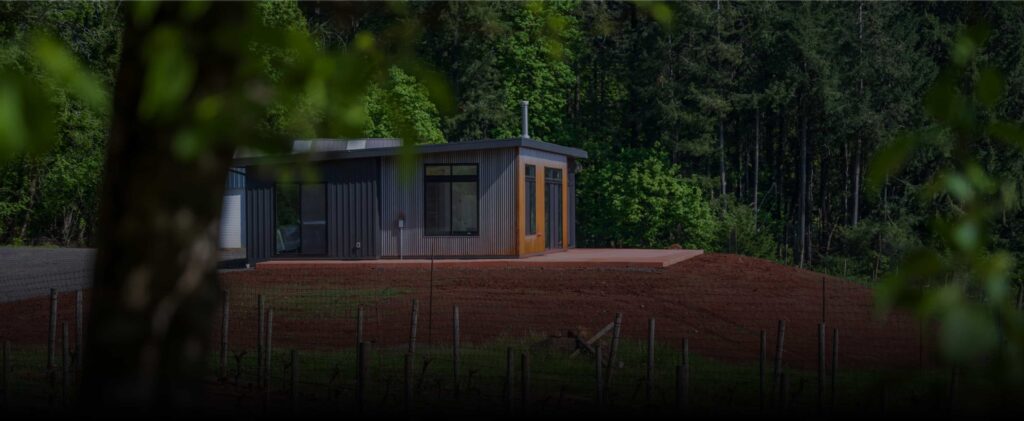
Let’s Build Something Great Together
Whether you’re ready to start planning or just want to explore options, we’re here to help. Let’s talk about your future home today.
